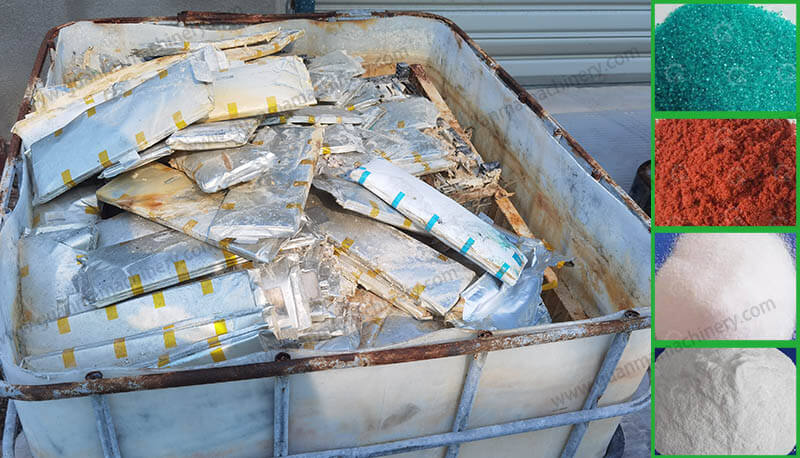Methods for Reusing Spent Lithium-Ion Batteries
The reuse of spent lithium-ion batteries (LIBs) is a critical aspect of sustainable resource management and environmental protection. Here are the primary methods for reusing these batteries:
Cascaded Utilization
For spent LIBs that still have good performance, they can be repurposed through testing, sorting, and reassembly. For instance, batteries retired from electric vehicles (EVs) can be utilized in energy storage stations, low-speed EVs, and other applications. This method maximizes the value of the batteries and extends their service life.
Disassembly Recycling
For spent LIBs that are unsuitable for cascaded use, disassembly recycling is an effective method. During disassembly, the battery casing, cathode and anode materials, and electrolyte are separated and individually recycled. The metal elements in the cathode and anode materials can be extracted using chemical or physical methods, while the electrolyte can be recovered through distillation or extraction processes.

Physical or Chemical Treatment
For some difficult-to-disassemble spent LIBs, physical or chemical treatment methods can be employed. Physical treatment involves steps such as crushing and sieving to separate different components within the battery. Chemical treatment uses chemical reactions to convert harmful substances into harmless ones or to extract valuable elements.
Thermal Treatment
Thermal treatment includes both low-temperature pyrolysis and high-temperature pyrolysis techniques. Low-temperature pyrolysis involves heating under a protective atmosphere to separate organic matter from powder materials and recover valuable metal elements. High-temperature pyrolysis uses indirect heat exchange in a kiln, controlling the oxygen content inside to remove binders from the batteries.
Hydrometallurgical Recovery
Hydrometallurgy is a mature technique that relies on water to separate battery materials, allowing for the recovery of most metals from the electrode materials with minimal waste production. The process typically involves dissolving the cathode sheet in strong acid, adding alkali to precipitate the metal ions, adjusting the recovery ratio, and then regenerating the electrode materials through high-temperature calcination.

These are the main methods for reusing spent lithium-ion batteries. If you want to learn more about LIB recycling and reuse methods, feel free to contact us!




